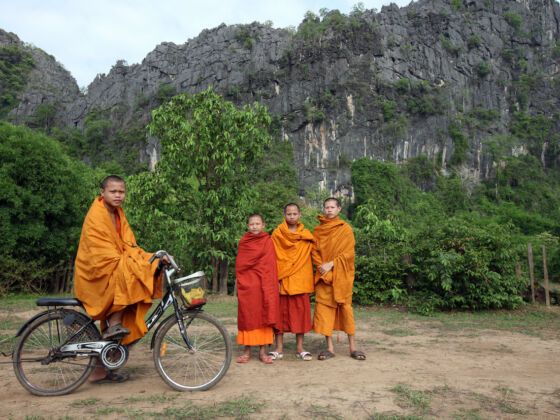Central Laos does not get many travelers, and the tourism office in the provincial capital of Tha Khaek has done a good job of designing treks that alleviate poverty in isolated villages without disrupting local culture.
Travelers get a chance to experience a beautiful part of rural Laos where the locals take pride in hosting foreign guests – a happy balance that does not always exist in more heavily touristed regions of Southeast Asia.
